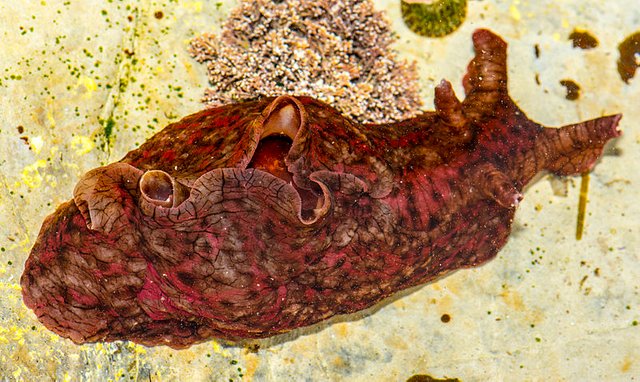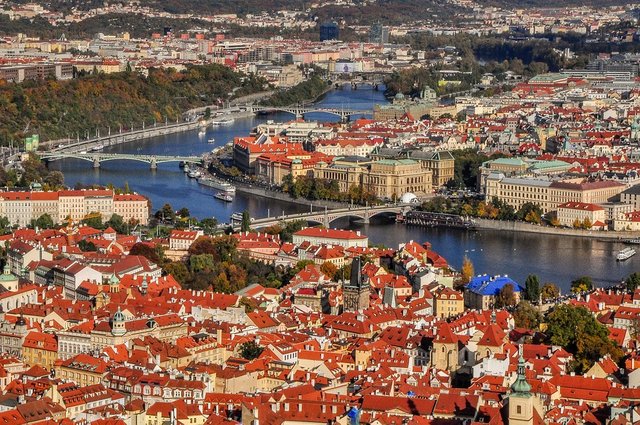Da Vinci Times #9.3
Transferable memory
When we talk about computers, we know that it is possible to transfer the “memory” simply by moving the physical support in which it is printed. But is it possible to implant it in living beings?

Imagine CC0 Creative Commons - Source
Even today, mechanisms that originate and govern our memory are not well understood; one of the most accredited theory holds that memories are formed in our head by modeling neuronal connections of our brain. Now, however, a new mechanism seems to have been identified: our memory could arise thanks to the presence of particular RNA transcripts in the cells of the nervous system that can modulate the subsequent expression of DNA. In some sea snails it was possible to transfer something similar to memories through the passage of this RNA from one individual to another.
Good news for European cities
The big European cities are fighting very well against climate change. This is what emerges from a study, which involves 800 administrative entities spread across the continent.
 Imagine CC0 Creative Commons - Source
Imagine CC0 Creative Commons - Source
The most virtuous countries are those of central and northern Europe: 85% of cities with more than 500’000 inhabitants have a plan to adapt and respond to climate change. Particularly effective are the "Covenant of Mayors" and the "Sustainable Energy Action Plan", two European initiatives designed to reduce emissions by 20%, compared to 1990, by 2020.
The story written in the ice
A group of scientists was able to measure the lead pollution of Greenland ice with extreme precision. The trend over time of lead concentration is in perfect agreement with the history of the Roman Empire.
Imagine CC0 Creative Commons - Source
The Roman economy was based on the circulation of silver coins. This metal, after being extracted, was worked in the furnaces, and in the process lead was released into the atmosphere. Analyzing the oldest layers of ice, scientists have been able to observe the pollution produced in about 1900 years of Roman history: the maximum concentration of lead occurs in the most prosperous period of the empire, while there is a noticeable lowering in the years following the great plague of 165 AD, a period of crisis before the defeat of the empire.
Post of the day
Imagine CC0 Creative Commons - Source
The incredible ability to generate all kinds of thoughts and ideas is certainly one of our best qualities, but what happens when we exaggerate and overwhelm our mind? @ideas-abstractas explains his point of view.

Immagine CC0 Creative Commons, si ringrazia @mrazura per il logo ITASTEM.
CLICK HERE AND VOTE FOR DAVINCI.WITNESS
Keep in mind that for organizational reasons it’s necessary to use “steemstem” and “davinci-times” tags to be voted.
@aboutcoolscience - @spaghettiscience - @rscalabrini
La memoria trasferibile
Quando parliamo di computer, sappiamo bene che è possibile trasferirne la memoria semplicemente spostando il supporto fisico nella quale essa è impressa. Ma è possibile spostare la memoria di un essere vivente?

Imagine CC0 Creative Commons - Source
Ancora oggi non sono ben chiari i meccanismi che originano e governano la nostra memoria; una delle teoria maggiormente accreditate sostiene che i ricordi si formino nella nostra testa modellando i collegamenti neuronali del nostro cervello. Ora, però, sembra essere stato individuato un nuovo meccanismo: la nostra memoria potrebbe nascere dalla presenza all’interno delle cellule del sistema nervoso di particolare trascritti di RNA che, a loro volta, modulano la successiva espressione del DNA. In alcune lumache di mare è stato possibile trasferire qualcosa di simile a dei ricordi attraverso il passaggio di questo RNA da un individuo ad un altro.
Buone notizie per le città europee
Le grandi città europee si stanno muovendo molto bene nella lotta ai cambiamenti climatici. È quanto emerge da uno studio, che vede coinvolte 800 realtà amministrative sparse in tutto il continente.
 Imagine CC0 Creative Commons - Source
Imagine CC0 Creative Commons - SourceI paesi più virtuosi sono quelli dell’europa centro-settentrionale: l’85% delle città con più di 500mila abitanti dispone di un piano di adattamento e di risposta ai cambiamenti climatici. Particolarmente efficaci si stanno dimostrando il “Patto dei Sindaci” e il “Piano di Azione per l’energia sostenibile”, due iniziative europee pensate per ridurre le emissioni del 20%, rispetto al 1990, entro il 2020.
La storia scritta nel ghiaccio
Un gruppo di scienziati è riuscito a misurare con estrema precisione l’inquinamento da piombo dei ghiacci della Groenlandia. L’andamento nel tempo della concentrazione di piombo è in perfetto accordo con la storia dell’Impero Romano.
Imagine CC0 Creative Commons - Source
L’economia dei romani si basava sulla circolazione delle monete d’argento. Questo metallo, dopo essere stato estratto, veniva lavorato nelle fornaci, e nel processo veniva liberato in atmosfera del piombo. Analizzando gli strati di ghiaccio più antichi gli scienziati sono riusciti osservare l’inquinamento prodotto in circa 1900 anni di storia romana: la concentrazione massima di piombo si ha nel periodo di più florido dell’impero, mentre si ha un notevole abbassamento negli anni successivi alla grande pestilenza del 165 D.C, periodo di crisi antecedente alla disfatta dell’impero.
Post del giorno
Imagine CC0 Creative Commons - Source
L’incredibile capacità di generare pensieri ed idee di ogni tipo è sicuramente una delle nostre qualità migliori, ma cosa succede quando esageriamo e sovraccarichiamo la nostra mente? @ideas-abstractas ci spiega il suo punto di vista.

Immagine CC0 Creative Commons, si ringrazia @mrazura per il logo ITASTEM.
CLICK HERE AND VOTE FOR DAVINCI.WITNESS
Si ricorda che per motivi organizzativi è necessario utilizzare le tag “steemstem” e “davinci-times” per essere votati.
@aboutcoolscience - @spaghettiscience - @rscalabrini